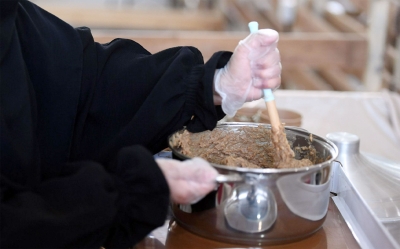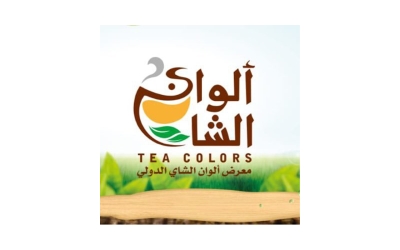
Jareesh is one of the most important traditional dishes in the Kingdom of Saudi Arabia, known as the "Master of Dishes". It is prepared in several regions of the Kingdom. It is a popular dish that can be easily found in national festivals in general and heritage festivals in particular.
Jareesh is a national dish in the Kingdom
Preparing and consuming the Jareesh dish, prevalent across various regions of the Kingdom, has its roots in ancient times. It is mentioned in the books of Arab heritage through the reference to the women of the Arabian Peninsula when they manually grind wheat using the "coarse grinder" that grinds the grains.
Because of its symbolic and heritage value, as well as its status as a staple dish in Saudi society, the Culinary Arts Commission adopted "Jareesh" as the national dish of the Kingdom in 2023. This was made as part of the National and Regional Dishes Narratives initiative, a nationwide effort aimed at identifying and categorizing renowned local dishes that are closely tied to Saudi identity across all regions of the Kingdom. This initiative aims to showcase the authenticity and distinctiveness of Saudi cuisine.
Several criteria were considered for selecting the Jareesh dish as the national dish of the Kingdom, including: its prominence in heritage and culture, its local authenticity, its economic potential, its uniqueness, the simplicity of its preparation, as well as its widespread geographical presence and strong local appeal. Its adoption, selection, and approval occurred through stages of study and evaluation conducted by specialized committees in collaboration with relevant entities, particularly the emirates of provinces.
Jareesh in the central region
Jareesh dish is prepared in the central region of the Kingdom as a popular dish with its own distinct taste and flavor that characterize the region. It is originally made from coarsely ground wheat, not finely minced. It is divided into two parts: Coarsely ground Jareesh and minced Jareesh. The whole wheat grains are broken into several parts through special equipment. When cooking Jareesh, it becomes similar to a thick 'Aseeda' (porridge), served as a main meal, especially during wedding mornings, as it is a traditional breakfast meal for the wedding party.
Jareesh in Tabuk Province
Tabuk Province also has its unique method of preparing the Jareesh dish, which involves crushing wheat grains using a "Raha," an ancient stone made from two panels of a special type of stone. The upper panel is perforated and fixed with a pin on the first panel. Hardly a house is without a Raha, and Jareesh may be cooked with milk and a touch of wild ghee. Other methods involve soaking it in water before cooking it with meat and milk, while some choose to cook it with tomatoes, often adding wild ghee. It is commonly prepared during the holy month of Ramadan.
Related quizzes
Related articles


